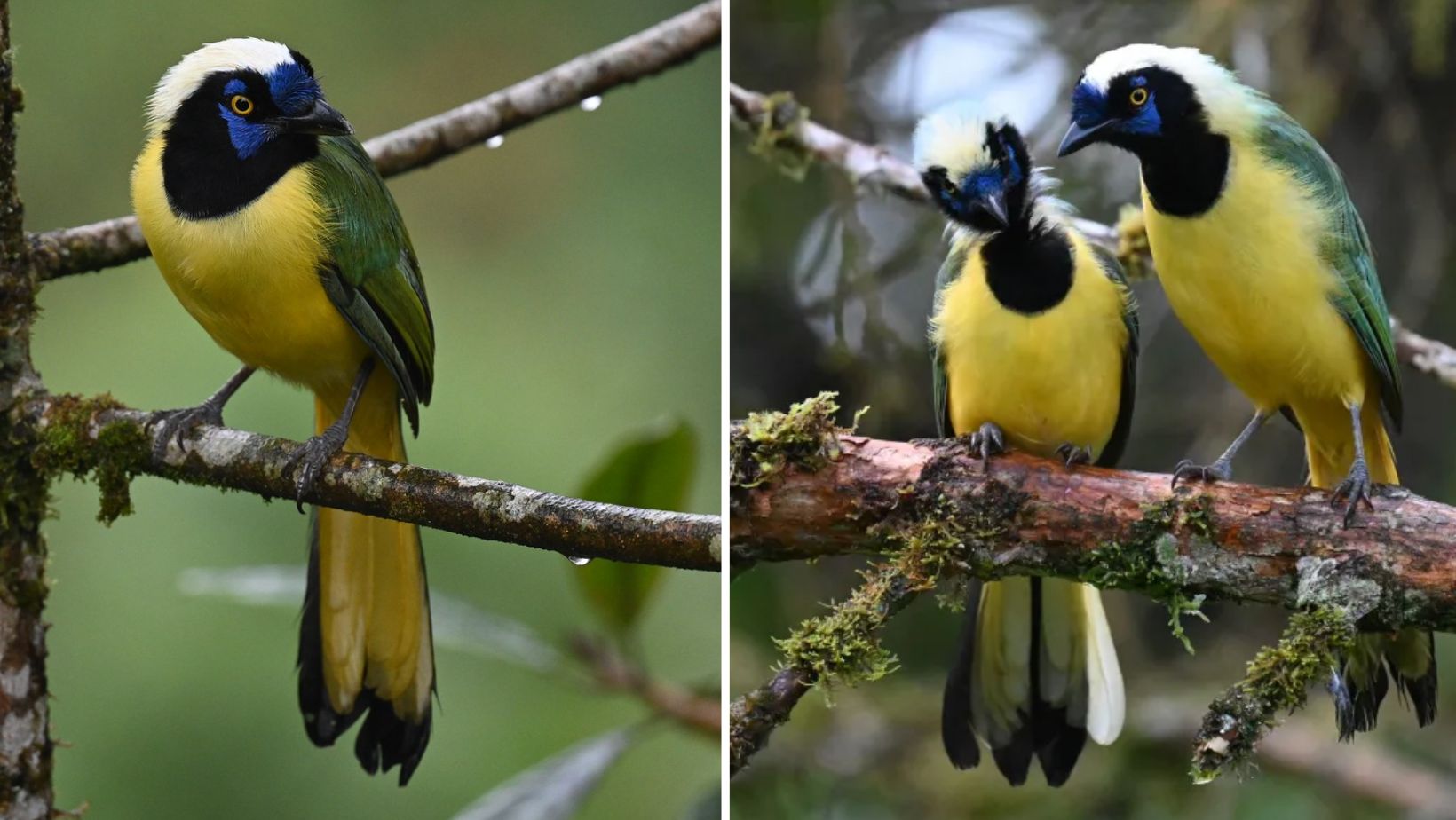
These birds are not only visually appealing dressed in brilliant green and blue, but also renowned for their intelligence and social behavior. One notable trait is their impressive communication skills, utilizing various calls and melodies to express themselves.
Meet the Inca Jay
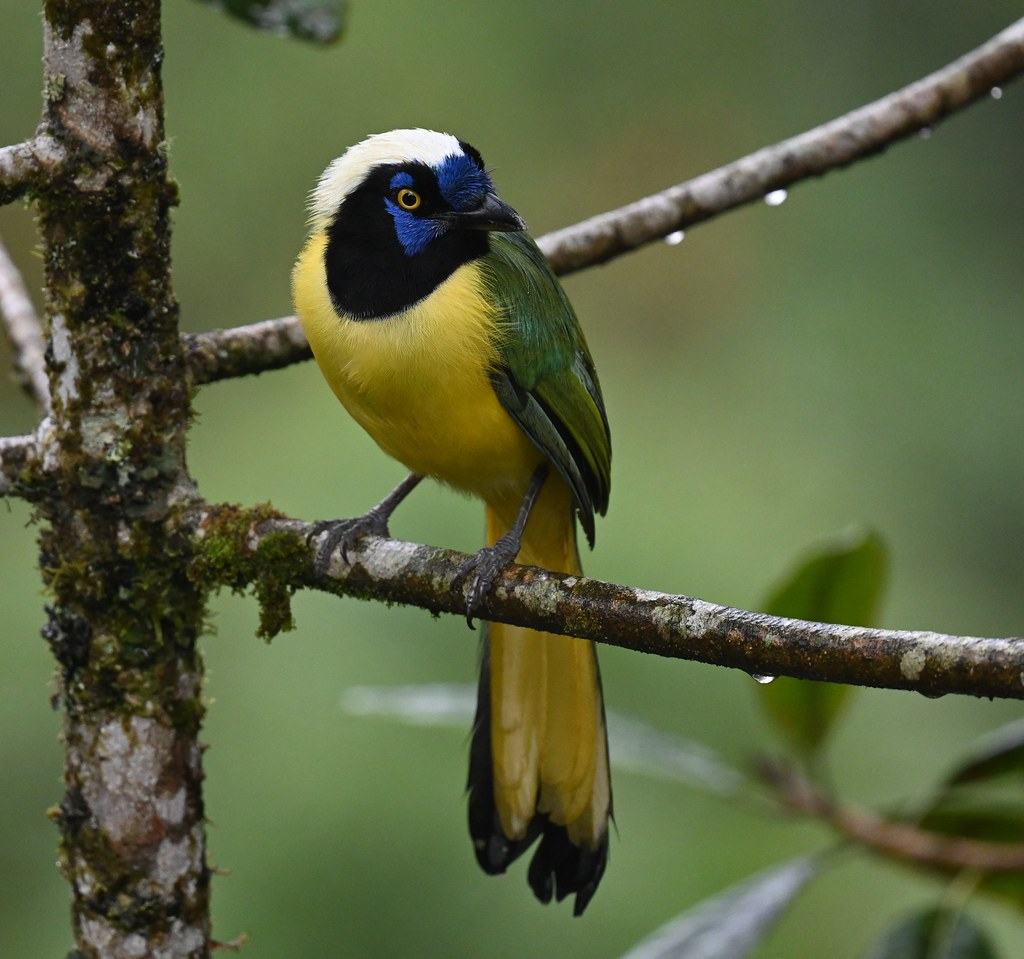
“Inca Jay (Green Jay subspecies)” by Wildreturn is licensed under CC BY 2.0.
The Inca Jay, scientifically known as Cyanocorax yncas, belongs to the Corvidae family, commonly referred to as the crow family. It has distinctive features that contribute to its captivating appearance. The crown of the Inca Jay can appear predominantly white, with hints of blue found on the frontal crest and nape of the neck. A notable black bib extends from the sides of the head, forming a wide band. Additionally, there is a black stripe that runs through the eye line and another one above it, enhancing the bird’s striking facial markings. The breast and underparts of the Inca Jay typically exhibit a vibrant yellow color, adding to its visual appeal. Its upper parts are adorned with a rich green hue. Moreover, the Inca Jay’s iris is known for its bright yellow coloration, adding a touch of brilliance to its overall appearance.
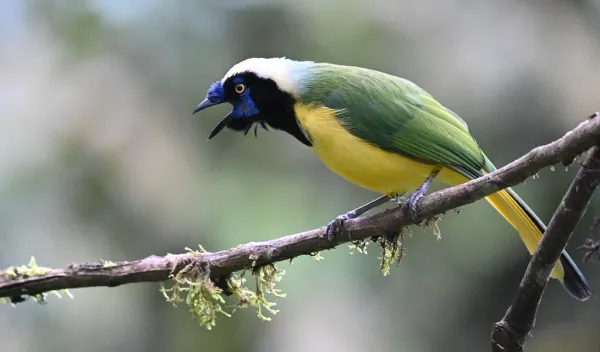
“Inca Jay (Green Jay subspecies)” by Wildreturn is licensed under CC BY 2.0.
The Inca Jay is a versatile bird capable of thriving in diverse environments, including dense forests and open grasslands.
However, they have a particular affinity for the forest edges, where they can forage for insects, fruits, and seeds. These resourceful birds demonstrate adaptability by resorting to scavenging for food during challenging periods.
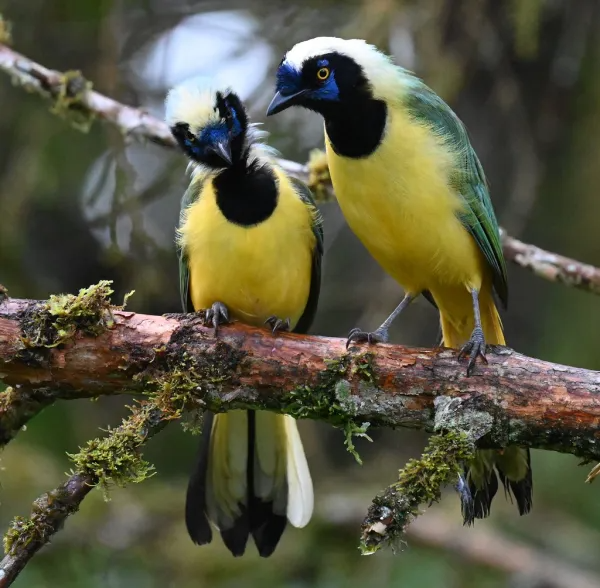
“Inca Jay (Green Jay subspecies)” by Wildreturn is licensed under CC BY 2.0.
A distinctive behavior of the Inca Jay is its habit of caching food for later use. They store their food in various locations such as tree crevices and beneath rocks, retrieving it when necessary. This behavior serves as a survival strategy during times of food scarcity.
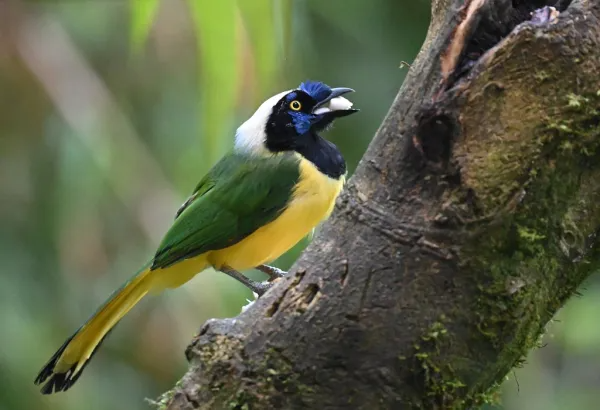
“Inca Jay (Green Jay subspecies)” by Wildreturn is licensed under CC BY 2.0.
Inca Jays are known for their nesting behavior, typically constructing their nests in trees, thorny bushes, or thickets. The female Inca Jay lays a clutch of three to five eggs. While the female takes on the responsibility of incubating the eggs, both parents contribute to the care of the young after hatching. Interestingly, in Colombia, Inca Jays have been observed retaining their offspring for multiple years, and these older juveniles assist their parents in raising subsequent broods of chicks.
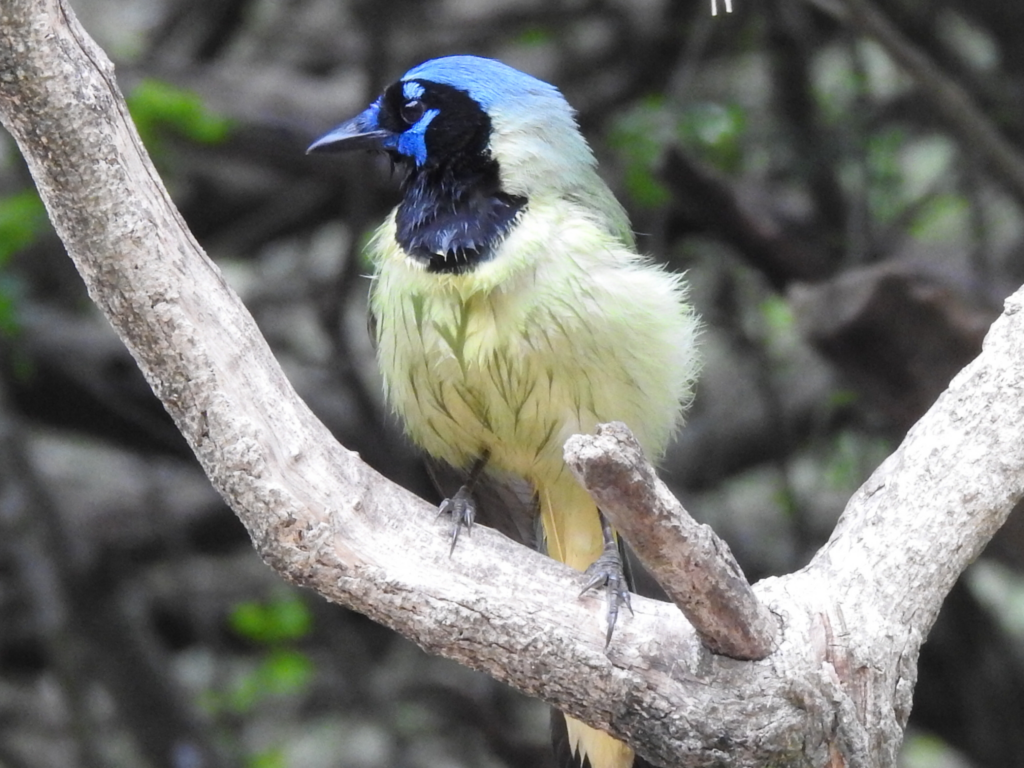
“chara verde, green jay, inca jay” by Sam Kieschnick is licensed under CC BY 4.0.
However, in Venezuela, Inca Jays have been documented as victims of nest parasitism by giant cowbirds. These cowbirds lay their eggs in the nests of other bird species, including the Inca Jay, shifting the incubation and rearing duties to the unwitting foster parents.
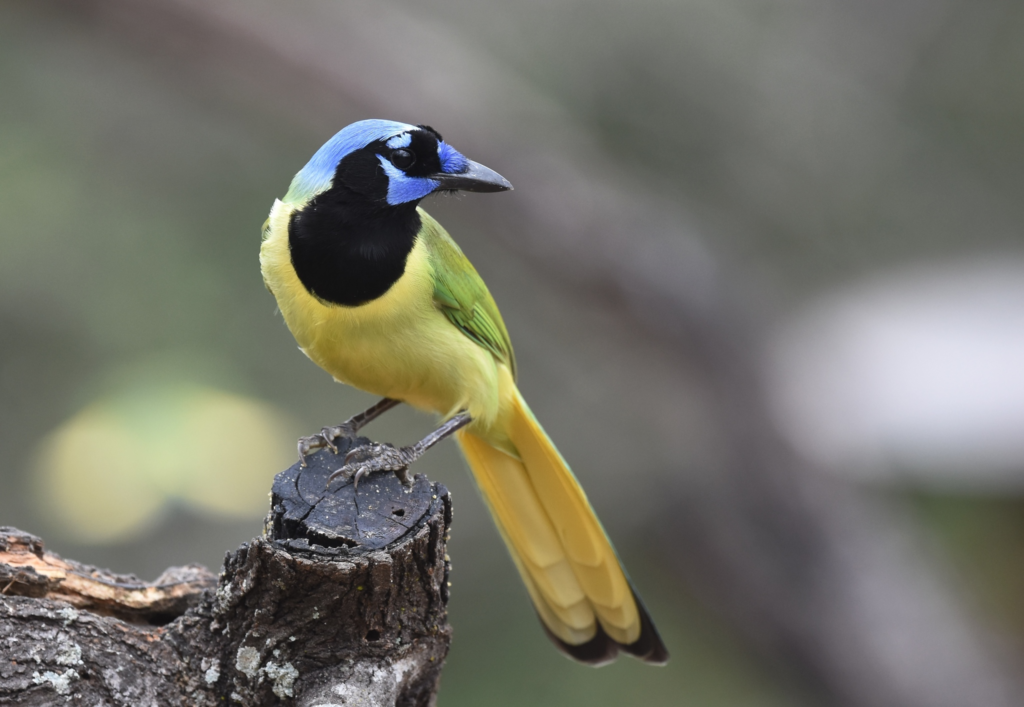
“chara verde, green jay, inca jay” by Chrissy McClarren and Andy Reago is marked with CC0 1.0.
Unfortunately, the Inca Jay is currently classified as a species of least concern, indicating that it is not at immediate risk of extinction. However, the destruction of its natural habitat due to deforestation and human activities poses a potential threat to the continued existence of this magnificent bird. Therefore, it is crucial to implement conservation measures to ensure future generations can continue to appreciate the beauty of the Inca Jay.
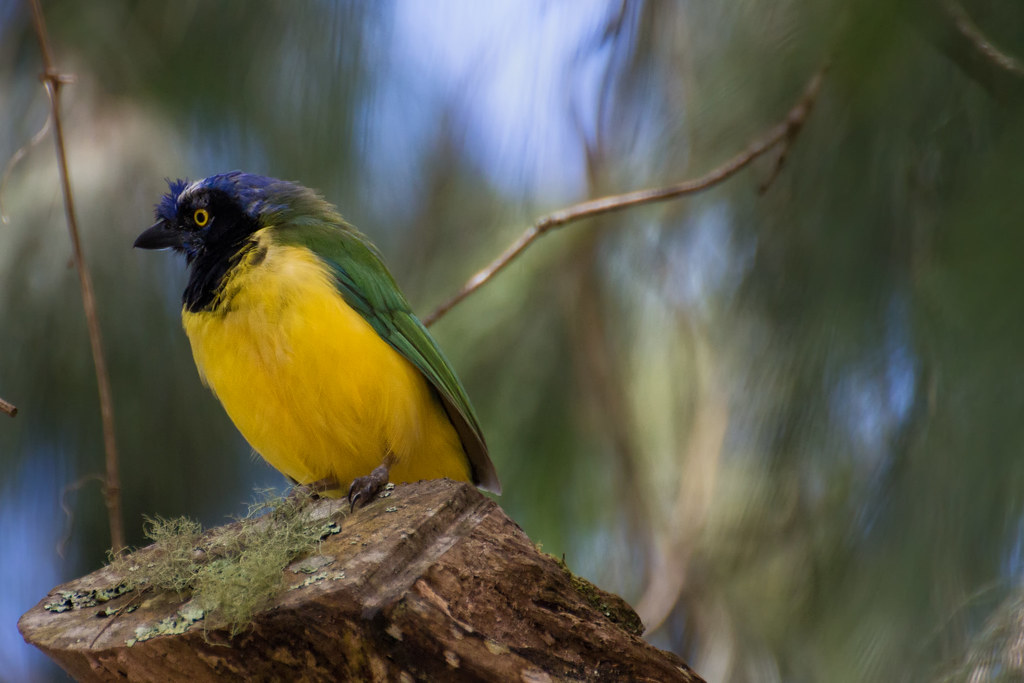
“Inca Jay | Querrequerre (Cyanocorax yncas)” by ferjflores is licensed under CC BY-SA 2.0.
Listen to this bird in the video below:
This article uses material from Wikipedia.org which is licensed under the GNU Free Documentation License via Copyright Wikipedia. Images on this page are the sole property of the photographers (unless marked as Public Domain). Please read the license and or contact the photographers directly before using them for any purpose. Thank you all.





